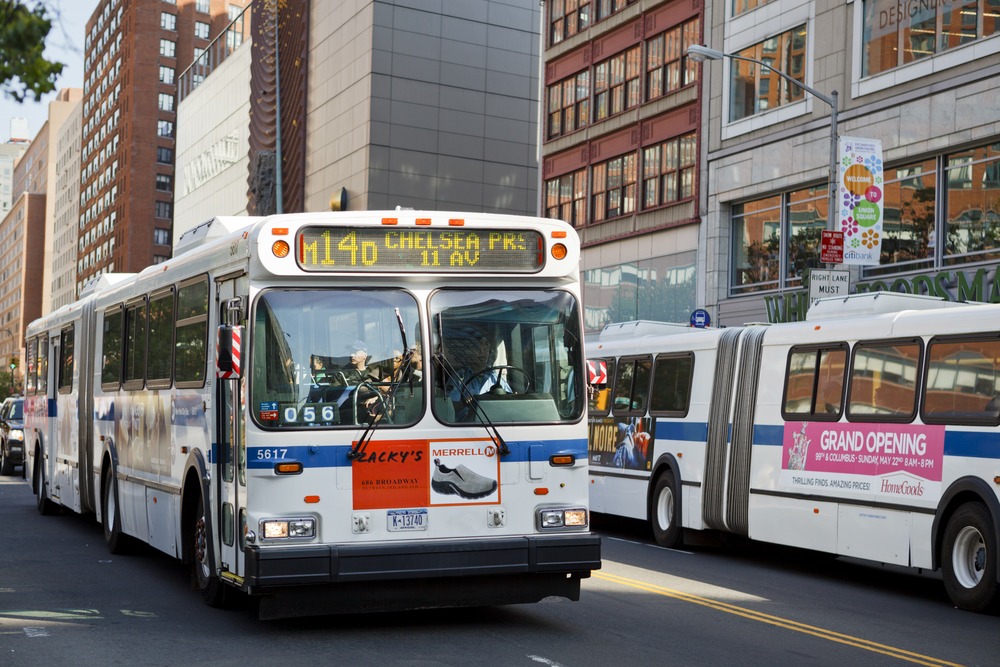
New York City’s change to Transit Signal Priority (TSP) technology for bus routes has resulted in travel times improving by an average of 18 percent, according to a recent report from the New York City Department of Transportation (NYC DOT).
NYC DOT, in conjunction with the Metropolitan Transit Authority, began using TSP technology in 2006 along Victory Boulevard on Staten Island. Six years later, a city-wide expansion began and has since grown to a total of 260 intersections along five different select bus service (SBS) routes.
“Transit Signal Priority gives a Green Light to New York City bus riders,” Polly Trottenberg, Commissioner of NYC DOT, said. “We have seen travel time savings of 5-30 percent on the SBS routes where we installed this technology and now that the MTA is moving forward with its TSP procurement, we are pleased to announce that DOT will quadruple our installation rate, covering over 1,000 intersections total and 15 additional routes by 2020.”
The report noted that TSP will be implemented at approximately 500 intersections, or three percent of all signalized intersections, by the end of 2017. Additionally, NYC DOT will be accelerating its implementation of TSP technology by an additional 550 intersections by the end of 2020 as the MTA adds new bus technology.
NYC DOT also found that TSP implementation allowed for normal vehicle traffic to stay constant or, in many cases, improve.
“Transit signal priority is a crucial part of improving bus service across the city,” NYC Council Member Ydanis Rodriguez said. “With buses shedding riders over the past few years, improvements like this are how we will regain their trust that buses are a fast and efficient option.”